6 Feng Shui-approved bedroom colors for well-rested, happy spaces – and what experts say each of them means
These Feng Shui bedroom colors will improve your sleep, calm your mind and better your connection with your partner
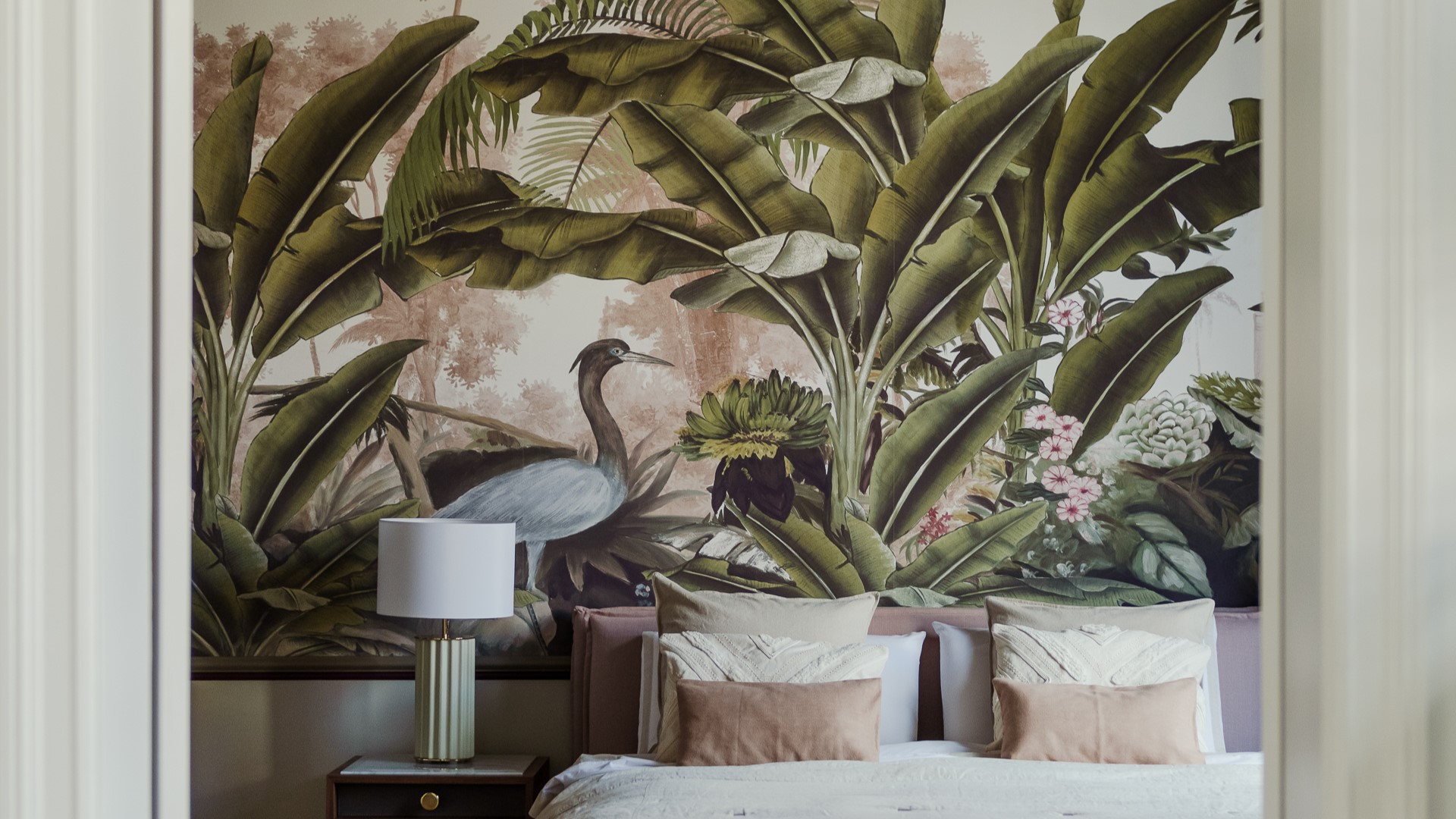

Did you know you can choose the color of your bedroom based on Feng Shui? This idea is based on the principle that certain shades can bring tranquility, calmness, and rest to the dwellers. These can enhance the qi in the room.
If you are looking to improve your bedroom Feng Shui and want to inject a harmonious vibe into your interiors, and your life, then consider these expert-recommended shades.
1. Beige/brown
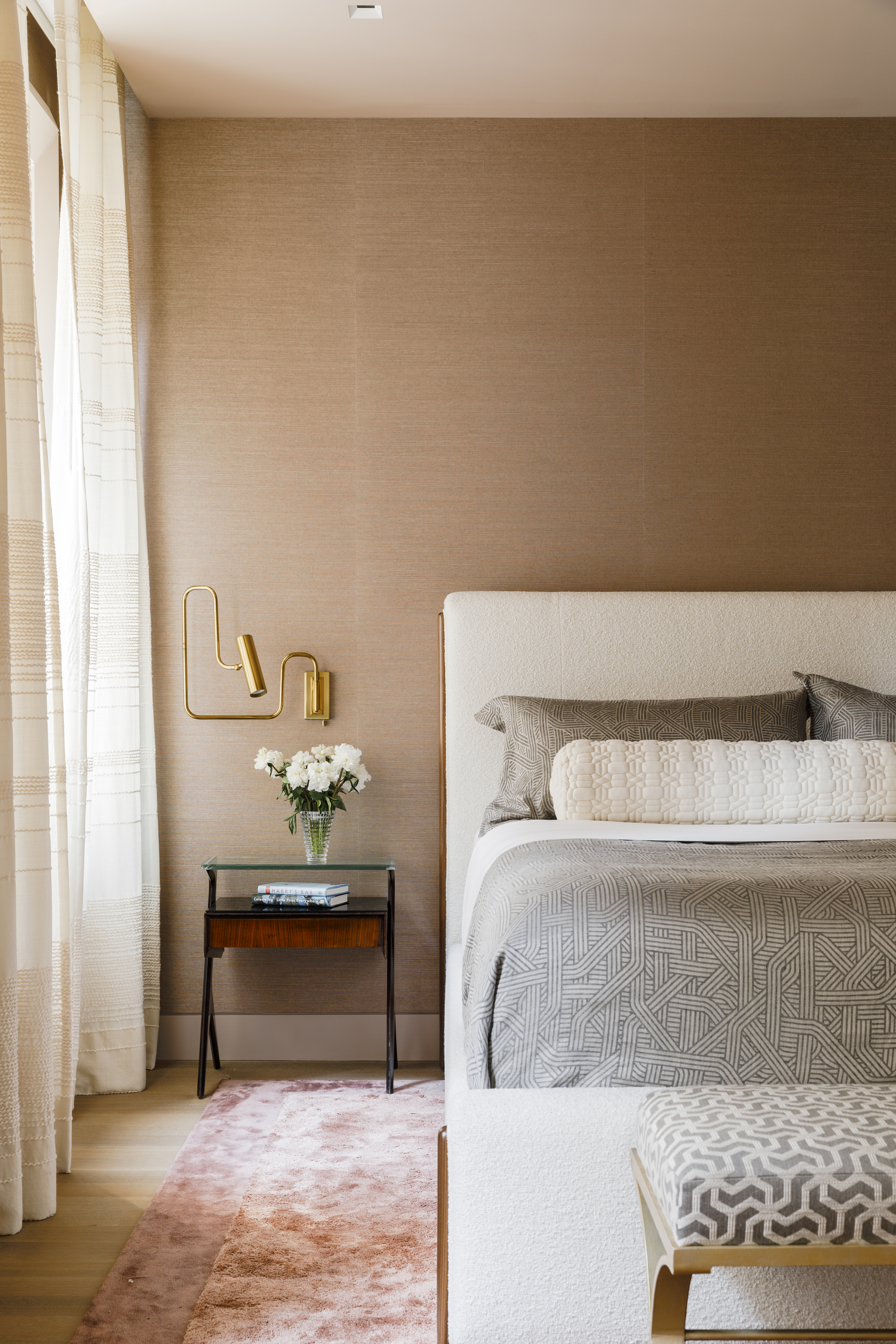
When one thinks of cozy colors for bedroom, the easiest answer is always to consider nature-inspired tones.
'We can find many answers to our life's problems by looking to nature and its inherent qualities,' says Julia Sarasola, founder of Sarasola Interiors. 'Think of the calm you feel when strolling through forest trails, or by sinking your feet into the sand. As you can imagine, earth tones are some of the most supportive to use in the bedroom. Beige browns like sand and terracotta, can provide the same restorative feelings when used in the bedroom.'
A dark beige or an earthy brown can create a cocooning feel that feels like a hug. Incidentally, the home is also ruled by the earth element and can be expressed through these colors. Use both if you wish, to Feng Shui your bedroom decor.
2. Cream and off white

For the best modern bedroom color scheme, consider the good, old neutrals. These tones not only set a calming, restful tone but also are considered ideal according to Feng Shui.
'The right color for your bedroom depends on your aspirations but in general creams and off-whites are soft and comforting as they can be nurturing and supportive,' says Feng Shui consultant Anjie Cho. 'That's because, in the bedroom, you want to have rest.
3. Ochre

For the perfect earth-tone bedroom, a shade of ochre is ideal. This color is warm and earthy, and has a timeless appeal. This color can be pale or dark, golden or almost brown, and looks particularly great next to more jewel tones like teal, burgundy, or purple. The color has inherent restfulness and according to Feng Shui, is a lucky hue to live, sleep, and rest in.
'Ochre and umber, are natural mineral pigments, and are not only beautiful neutrals to layer with but also provide soft and nurturing qualities,' says Julia. 'Just as soil supports all forms of life, earth tones do too.'
4. Light pink
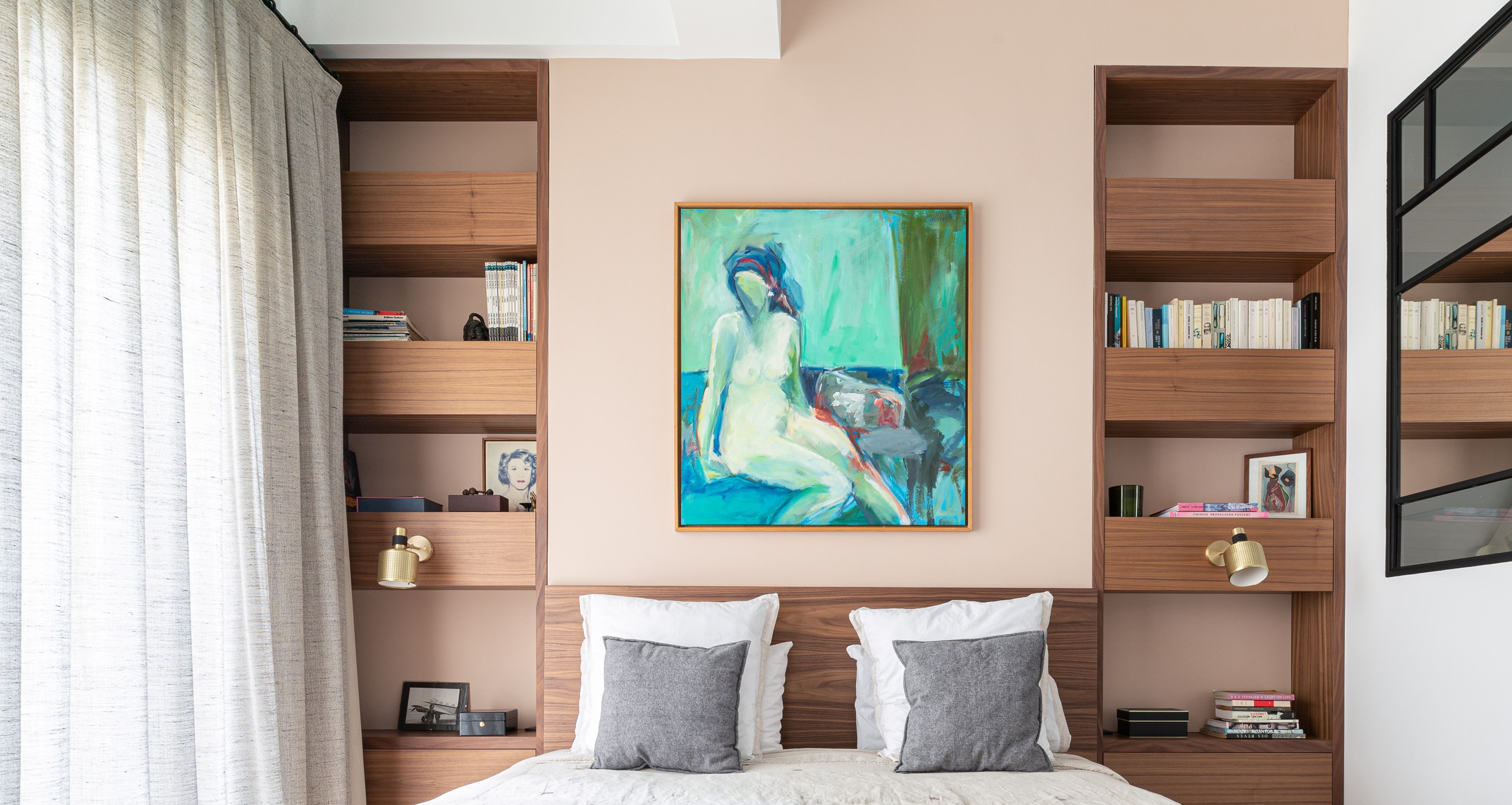
Pink bedrooms can be calming, elegant, and surprisingly versatile, filled with warmth and positivity. The color has a charm to it, and can instantly uplift the mood. When it comes to Feng Shui, a lighter tone of pink works best in the bedroom as it looks stylish yet calming.
'In general, there are certain colors, typically muted tones like subtle pinks that work on a subconscious level to reduce our anxiety and stress, leaving us feeling more at peace,' says Julia.
5. Light green and blue
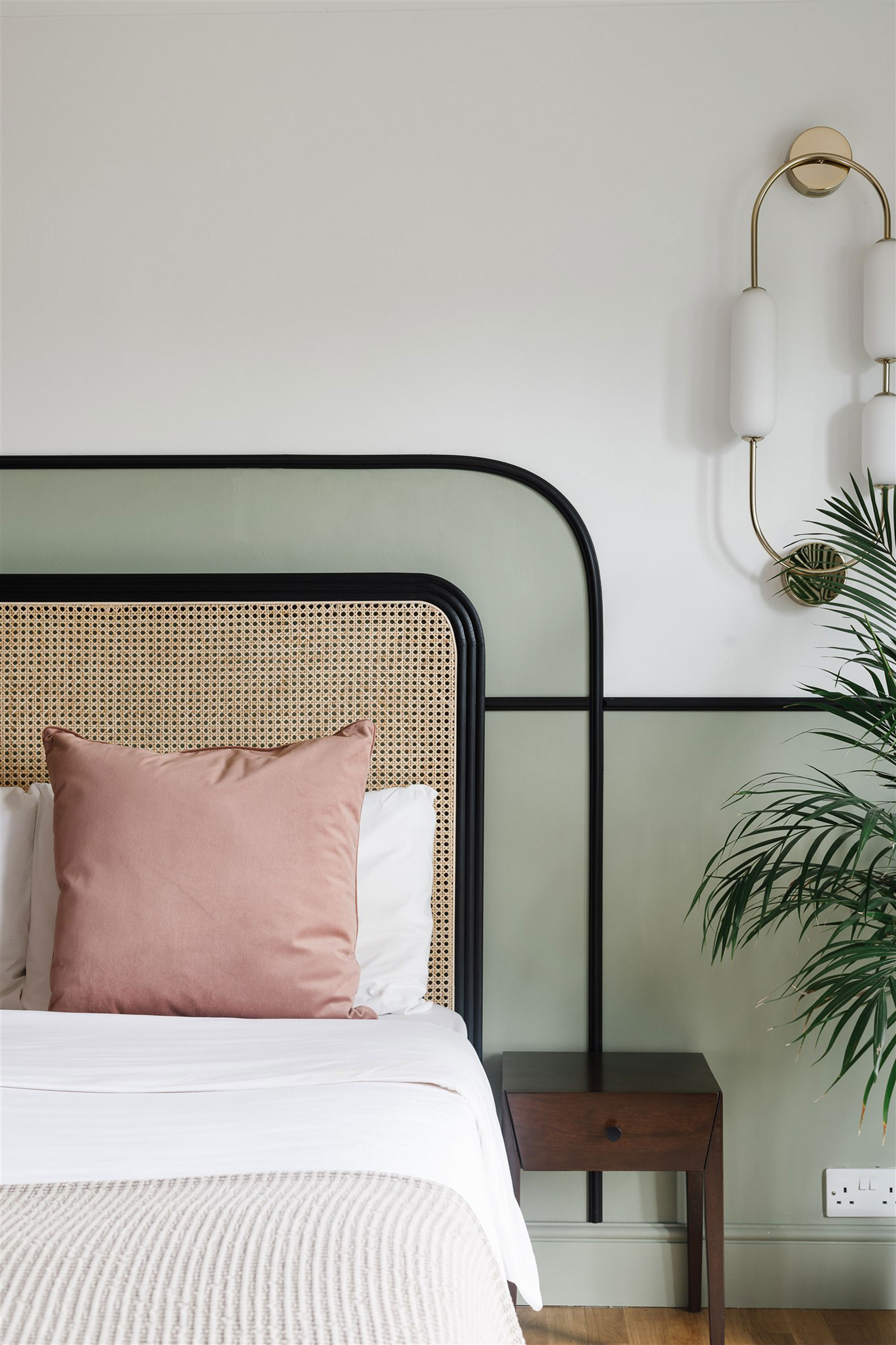
The colors of the earth and sky can take your mind away from everyday worries and help you relax, ensuring you drift off to sleep without anything on your mind. A sage green bedroom or a light blue space can feel soothing yet elevating. These colors look especially lovely in natural light, and even in the evenings as the room gets drenched in warm, night lights.
'Soft hues of blue and green are considered as healing,' says Anjie. 'And they also bring in the wood element of Feng Shui.'
6. Small touches of red and purple
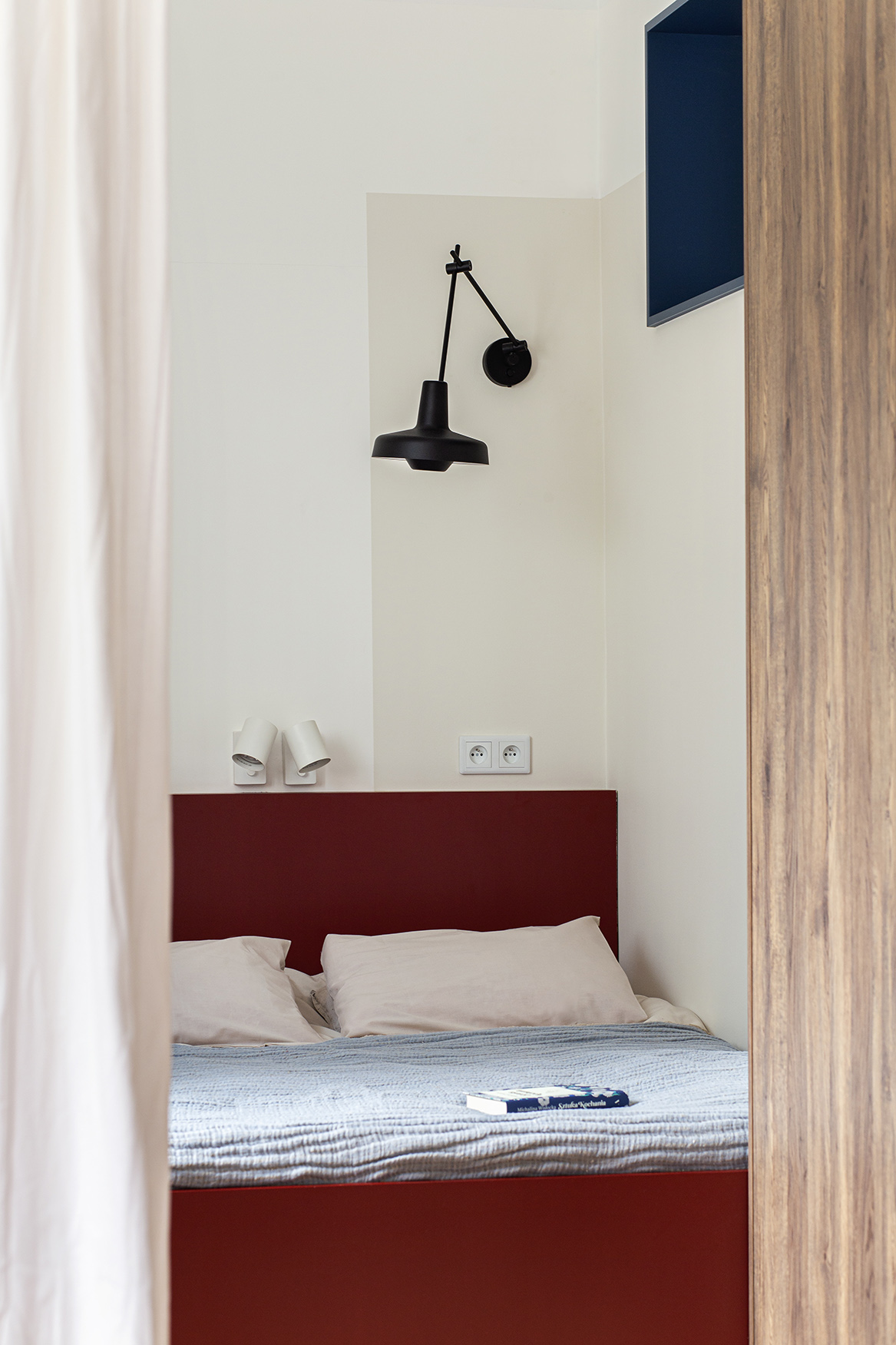
Generally, it is advised to keep dark, high-energy tones away from the bedroom as these can hinder sleep. You want to surround yourself with colors that allow you to wind down and get a nice, long shut-eye. However, Feng Shui does recommend calming red rooms that show tiny doses of this powerful color.
'Another set of colors that can work in the bedroom are small touches of red, burgundy, or purple,' says Anjie. 'These are supportive if you want to enhance your romantic relationships and if you want to support your partnership.'
Which bedroom colors are unlucky according to Feng Shui?
When it comes to colors to avoid in a bedroom, Feng Shui states that extremely bright or extremely dark tones should be kept away from this restful space.
'While there is no particular tone that is a complete no-no in Feng Shui, there may be some tones or undertones that should not be used in the bedroom,' says Anjie. 'These colors are either too active or too passive for this restful space. For instance, avoid bright green or bright blue as these will make your mind extremely active and will deter good sleep. On the other hand, charcoal grey should be avoided (although I do realize it is a trending tone in interior design!). Deep, dark colors such as these can make the bedroom feel too caved in, leading to low moods. These colors create a feeling of hibernation, that makes it harder to get out of bed.'
3 Feng Shui bedroom colors to buy
Be The First To Know
The Livingetc newsletters are your inside source for what’s shaping interiors now - and what’s next. Discover trend forecasts, smart style ideas, and curated shopping inspiration that brings design to life. Subscribe today and stay ahead of the curve.

Aditi Sharma Maheshwari started her career at The Address (The Times of India), a tabloid on interiors and art. She wrote profiles of Indian artists, designers, and architects, and covered inspiring houses and commercial properties. After four years, she moved to ELLE DECOR as a senior features writer, where she contributed to the magazine and website, and also worked alongside the events team on India Design ID — the brand’s 10-day, annual design show. She wrote across topics: from designer interviews, and house tours, to new product launches, shopping pages, and reviews. After three years, she was hired as the senior editor at Houzz. The website content focused on practical advice on decorating the home and making design feel more approachable. She created fresh series on budget buys, design hacks, and DIYs, all backed with expert advice. Equipped with sizable knowledge of the industry and with a good network, she moved to Architectural Digest (Conde Nast) as the digital editor. The publication's focus was on high-end design, and her content highlighted A-listers, starchitects, and high-concept products, all customized for an audience that loves and invests in luxury. After a two-year stint, she moved to the UK and was hired at Livingetc as a design editor. She now freelances for a variety of interiors publications.
-
 Turns Out the Coolest New Café is Actually In Your Kitchen — Here's How to Steal the Style of TikTok's Latest Trend
Turns Out the Coolest New Café is Actually In Your Kitchen — Here's How to Steal the Style of TikTok's Latest TrendGoodbye, over-priced lattes. Hello, home-brewed coffee with friends. TikTok's 'Home Cafe' trend brings stylish cafe culture into the comfort of your own home
By Devin Toolen Published
-
 5 Bathroom Layouts That Look Dated in 2025 — Plus the Alternatives Designers Use Instead for a More Contemporary Space
5 Bathroom Layouts That Look Dated in 2025 — Plus the Alternatives Designers Use Instead for a More Contemporary SpaceFor a bathroom that feels in line with the times, avoid these layouts and be more intentional with the placement and positioning of your features and fixtures
By Lilith Hudson Published

